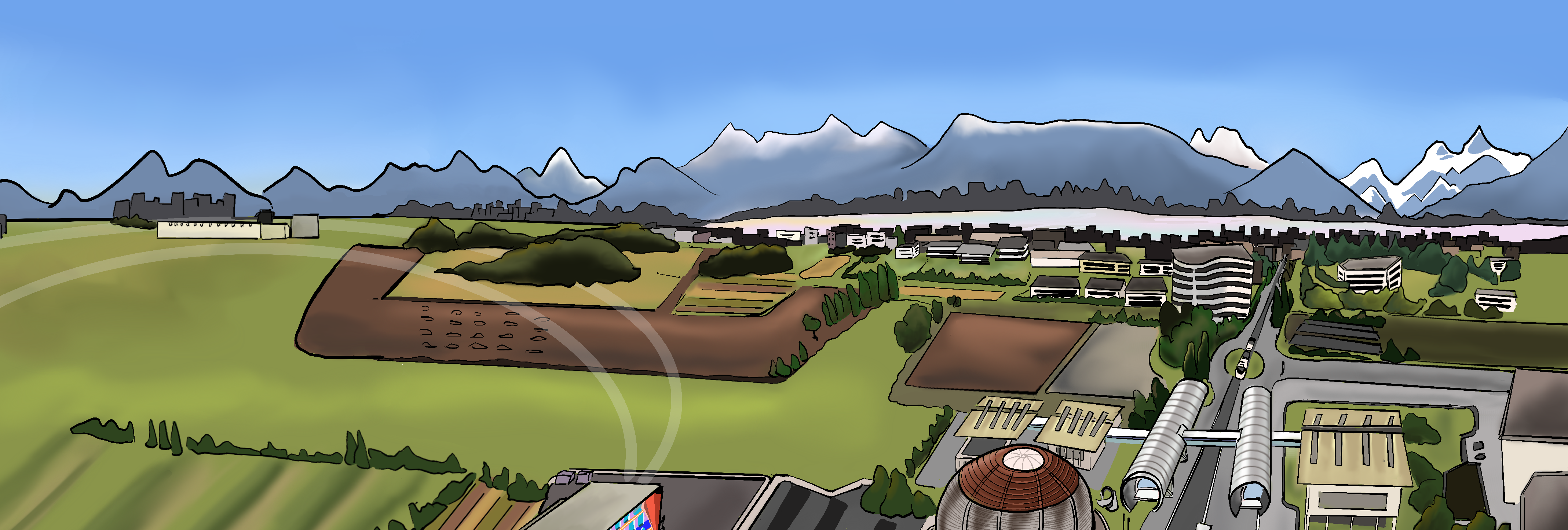Speaker
Description
Reducing uncertainties in theoretical evaluations of the nuclear matrix elements (NME) is crucial for designing and interpreting experiments aimed at discovering neutrinoless double beta decay. In this work, we identify a new class of observables, distinct from those employed in low-energy nuclear structure applications, that are strongly correlated with the values of the NME: momentum correlations among hadrons produced in high-energy heavy-ion collisions. Focusing on the 150Nd→150Sm transition, we couple a Bayesian analysis of the 150Nd structure within a covariant energy density functional framework, with simulations of the quark-gluon plasma formed in high-energy 150Nd+150Nd collisions. We reveal, thus, the existence of strong correlations between the NME and geometrical features of the quark-gluon plasma, such as spatial gradients and anisotropies, that can be experimentally accessed through measurements of the collective flow of hadrons. This marks the first step towards an approach to benchmarking matrix element predictions via high-energy collider experiments. Based on: https://arxiv.org/abs/2502.08027
